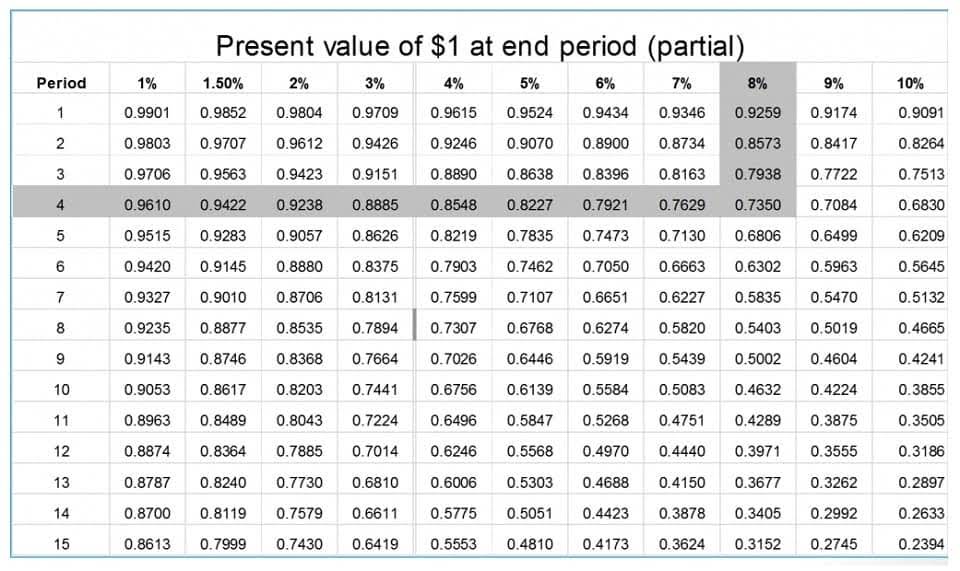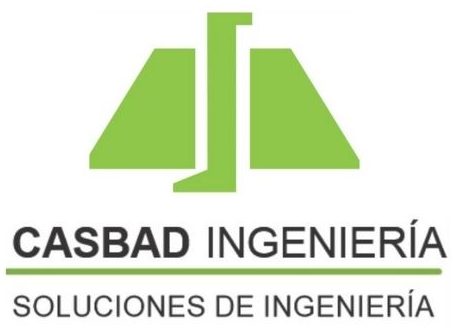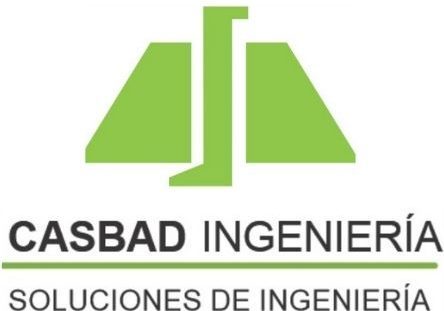Content

A managerial accounting strategy focusing on maintaining efficient levels of both components of working capital, current assets, and current liabilities, in respect to each other. Working capital management ensures a company has sufficient cash flow in order to meet its short-term debt obligations and operating expenses. The working capital cycle , also known as the cash conversion cycle, is the amount of time it takes to turn the net current assets and current liabilities into cash. The longer this cycle, the longer a business is tying up capital in its working capital without earning a return on it. Companies strive to reduce their working capital cycle by collecting receivables quicker or sometimes stretching accounts payable. Net working capital is the difference between current assets and current liabilities on your balance sheet.

Only when your business starts will you find the most appropriate approach. Here are some factors that may affect your working capital needs. The answer may be counterintuitive, because a negative change indicates that Current Assets are increasing more than Current Liabilities. Conversely, a positive change indicates that Current Liabilities are outpacing Current Assets. Try it now It only takes a few minutes to setup and you can cancel any time.
How to calculate working capital
The policies aim at managing the current assets and the short-term financing, such that cash flows and returns are acceptable. When you apply for a line of credit, lenders will consider the overall health of your balance sheet, including your working capital ratio, net working capital, annual revenue and other factors. Profits are not the same as cash working capital ratio flow but profits usually do eventually increase cash. Becoming more efficient may also reduce your need for equipment or other assets, which reduces your need for borrowed money. That borrowed money may be sitting in your current liabilities, reducing your working capital ratio. A company with more cash than inventory can tolerate a lower ratio.
What is the difference between economic development and economic growth?
Economic growth measures the formal economy in very quantitative terms and in tangible results, mostly focusing on GDP and overall output. Economic development focuses on intangible changes to provide qualitative results, which will in turn lead to quantitative results.
Cash may be tied up in assets such as debtors or raw materials, and an inability to convert them back into cash signals weak liquidity. For example, if it takes an appliance retailer 35 days on average to sell inventory and another 28 days on average to collect the cash post-sale, the operating https://www.bookstime.com/ cycle is 63 days. These businesses specialize in expensive items that take a long time to assemble and sell, so they can’t raise cash quickly from inventory. They have a very high number of fixed assets that cannot be liquidated and expensive equipment that caters to a specific market.
What are some examples of current liabilities?
How to Effectively Manage Working Capital Maintain Timely PaymentsIt does not always mean that you have to pay in advance for discounts and perks. But, timely payments can save you from higher expenses and reputational damage.
- For starters, it tells us that there are $16.6 million more liabilities coming due over the next year than assets that can be converted within the year.
- While each component is important individually, together they comprise the operating cycle for a business, and thus must be analyzed both together and individually.
- Working capital management monitors cash flows from changes in current assets and liabilities.
- This may be a substantial sum, requiring a large cash investment.
- The average receivables is calculated by adding the opening balance and ending balance in accounts receivable and dividing that sum by two.
- Days Sales Outstanding – the average number of days taken for the company’s customers to pay their invoices.
To calculate working capital, subtract a company’s current assets from its current liabilities. Both figures can found in the publicly disclosed financial statements for public companies, though this information may not be readily available for private companies. A Negative Working CapitalNegative Working Capital refers to a scenario when a company has more current liabilities than current assets. It implies that the available short-term assets are not enough to pay off the short-term debts.
Manage Your Business Cashflow and Payables with Spenmo
Net working capital is the aggregate amount of all current assets and current liabilities. If the figure is substantially negative, then the business may not have sufficient funds available to pay for its current liabilities, and may be in danger of bankruptcy. The net working capital figure is more informative when tracked on a trend line, since this may show a gradual improvement or decline in the net amount of working capital over an extended period. An unusual situation is for a business to be operationally sound, and yet still be able to operate with negative working capital. This situation arises when the company’s accounts receivable terms with customers are very short , while its payment terms with suppliers are relatively long.
Working capital efficiency is determined by calculating the working capital ratio, sometimes referred to as the debt ratio. The working capital efficiency is calculated by taking current assets divided by current liabilities.
Join PRO or PRO Plus and Get Lifetime Access to Our Premium Materials
In these cases, you may need to plan for ensuring extra capital during leaner times. Generally speaking, an asset is anything of financial value that your company owns. However, for an asset to be considered current or liquid, it must be something that can be easily and quickly exchanged for cash in the short term.

Concerning cash, you may have to invest it for further growth or consider an expansion. Current assets do not include long-term financial investments or other holdings that may be difficult to liquidate quickly. These include land, real estate, and some collectibles, which can take a long time to find a buyer for. Tally up all the debts, expenses, and other financial obligations expected for your business throughout the year or your operating cycle.


No responses yet